From scorched earth in the US Midwest to waterlogged fields here, 2012 proved a vintage year for weather chaos - and alarming news about food prices.
As food manufacturers and producers were hit with wave after wave of bad harvests - with everything from apples to maize affected - it was difficult not to get the impression each and every foodstuff in Britain’s supermarkets was headed in only one direction.
But, as our inflation round-up of the 10 key food and drinks categories from 2012 shows, in the end the impact on retail prices was more mixed. While the damage wreaked on some categories was substantial - fruit & veg, and especially potatoes, stand out as well as some meats and bakery items - others tipped for huge hikes proved more resilient.
In confectionery, for example, nimble suppliers adjusted many pack sizes to counter a spike in the price of cocoa butter and other ingredients, so the typical unit price of a bar of chocolate is largely unchanged. Similarly, many alcoholic drinks prices rose by less than expected given the poor grain harvests and duty escalator, as suppliers changed pack sizes and cut abvs to qualify for more favourable duty rates.
Of course, this isn’t to say food prices don’t remain a major concern for British households. At 4.1% in December - as announced by the British Retail Consortium this week - food price inflation continues to be high, and early concerns about some 2013 crops are already fanning fears food could become even more expensive in 2013.
Waitrose boss Mark Price struck a sombre tone last week, when he warned the price rises seen in 2012 on items such as fresh produce and bread were “just the tip of the iceberg”. And Jonathan Warburton, chairman of the eponymous bread maker, says he is already concerned about the early prospects for the UK wheat harvest. “We’re expecting another challenging year,” he says. “A lot of farmland is still under water, and the amount of seed in the ground is well down on last year, which is a major concern.”
These troubles aren’t a cast-iron indicator of dramatic price inflation, but Warburton says he is “braced” for more high prices.
He won’t be the only one. Last year was supposed to the year many global commodity stocks were rebuilt to bring some relief, until an extraordinary sequence of bad weather events conspired to damage crops and deplete stocks further. This experience alone ensures few producers and suppliers are prepared to predict prices will come down, even if this year’s prospects for key crops and commodities - such as feed - are already looking much better than in 2012, and many futures prices have started to come down.
On top of that, some categories will be vulnerable to a lag effect, as price increases from last year take time to trickle through the supply chain. For example, the impact of the dismal 2012 grape harvest - which saw global wine production plummet to its lowest level since 1975 - has yet to play out on British supermarket shelves, with prices on wine and wine-based products, such as vinegar, set to rise in 2013 (see p18).
Commodities nail biter
There are other factors that promise to make 2013 another nail biter from a commodities - and therefore a food price - perspective. For example, increased speculator activity could bring trouble for soft commodities such as sugar and coffee, despite promising supply and demand fundamentals. “Markets such as coffee and sugar that have been dragged down by large speculative short positions are vulnerable to potential risk-on rallies,” says Macquarie in its latest forecast.
More generally, experts agree the weather remains the key global risk factor. “Mother Nature hasn’t finished playing her influence on the outlook for prices,” Macquarie warns, while Rabobank ominously named its 2013 outlook ‘rebalancing on a tightrope’.
So far, so depressing. But there are reasons to feel more positive about food prices in 2013. Richard Lim, economist at the BRC, says he expects retail price inflation won’t get worse and is even likely to come down in the second half of the year. “Of course, there will always be some individual lines that will be affected by localised weather problems or harvest issues, but commodities markets are global, and I can’t really see any inflationary pressures in the pipeline that would make me think prices are going to go up.”
This may sound counterintuitive given the sheer number of doomsday reports about food prices, but Lim believes perceptions of how bad food price inflation really is are skewed by focusing on increases for specific products or categories, without taking into account how much consumers spend on different food categories. “Even if a certain item doubled in price, the total impact on households could be minimal if it accounts for only 0.1% of food spend - but it would still sound like a lot,” he says. “By contrast, meats and poultry account for about 20% of spend, so if prices in those categories start to come down - which we expect given that animal feed prices have come down quite steeply over the past few months - the impact on overall inflation would be far more significant.”
It’s a view echoed by Sainsbury’s group commercial director Mike Coupe, who says the worst is behind the industry, and that he doesn’t recognise Waitrose’s doom and gloom predictions. “The inflation in fruit & veg and bread has already come through,” he says. “There is still some inflation in the system in meat, and we haven’t yet gone in to the branded side, who will doubtless come cap in hand in the early part of the new year, but we’ve kept prices down over Christmas and we expect to keep a tight lid on this throughout 2013.”
Exactly what 2013 will bring for food prices, of course, still remains to be seen. After the surprise weather problems of 2012, 2013 is likely to be a year of caution, no matter how encouraging the signs for some raw materials. Good news will only be announced - and believed - when harvests are home and dry. As the supply chain looks ahead, many will hope Lim’s prediction of easier (or at least not worse) times will prove true but - like Warburton - they are preparing for the worst.
Fruit & veg: As the weather played havoc, fruit & veg prices soared by nearly 10%. Apples were hit hard: at the end of 2012, 1kg of Braeburn cost £1.95 - 31p more than in January.
Potatoes: A cold and wet summer delayed harvests and reduced yields. The average price of a fresh potato product soared by nearly 20%, from £1.65 to £1.95.
Bread & bakery: The US drought pushed up grain prices. An 800g loaf of Kingsmill Everyday White went from £1.09 to £1.36. Overall, prices rose by 8.5% in 2012.
Meat: High grain prices also pushed up prices in animal proteins, with pork among those first in the firing line. Tight supplies also raised beef prices by about 8% year-on-year.
Poultry & eggs: With 60% of costs from feed, and a quick production cycle, poultry was vulnerable. Egg prices rose by 8%, with some lines soaring as much as 40% (see p36).
Milk: After sticking at £1.18 for four pints for much of the year, own-label milk moved up by 10% and closer to the £1.30 mark. Overall, dairy rises were largely in line with general food inflation.
Olive oil: Drought in the Mediterranean and a supply squeeze pushed prices up. The average unit price for extra-virgin olive oil was 24p (5%) higher at the end of 2012 than at the start.
Bagged snacks: Rising potato and maize prices made 2012 difficult for snacks suppliers. Prices stayed stable nevertheless - thanks to a little help from downsized packs.
Chocolate: Pack size adjustments also proved popular in confectionery. The price of cocoa butter nearly doubled, but retail prices on many lines stayed the same.
Beer, wine & spirits: Despite early concerns about price rises, standard lager unit prices rose by just 1% during 2012, helped by pack size changes and abv reductions.
Pricing data from the GPI and BrandView.co.uk, based on average unit prices between January and December 2012 across the major mults



![XOXO-Product-Shot[ALL FLAVOUR]-Sky-1920x1080](https://dmrqkbkq8el9i.cloudfront.net/Pictures/274x183/4/9/2/355492_xoxoproductshotallflavoursky1920x1080_806584_crop.jpg)
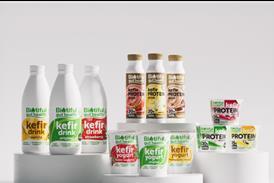


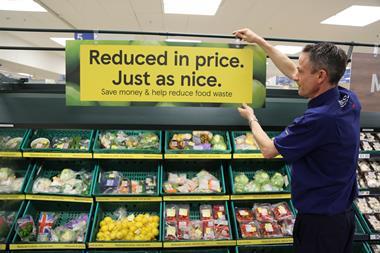
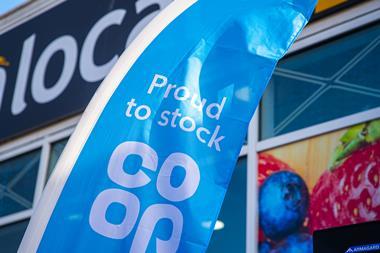

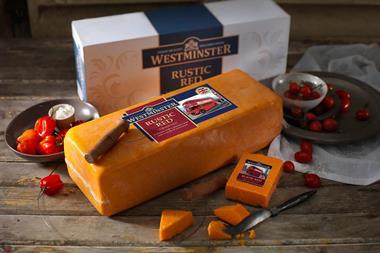

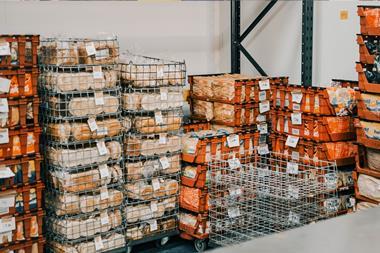
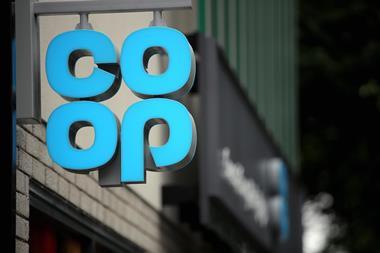
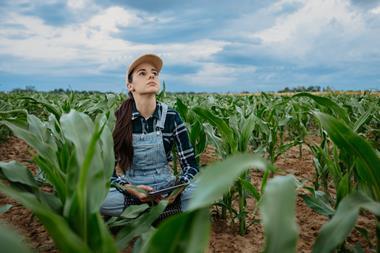


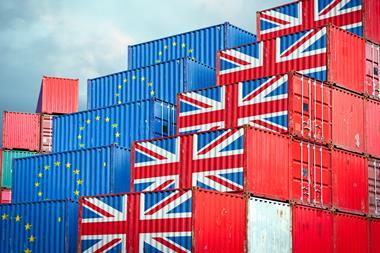
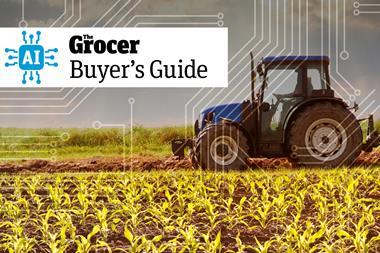
No comments yet